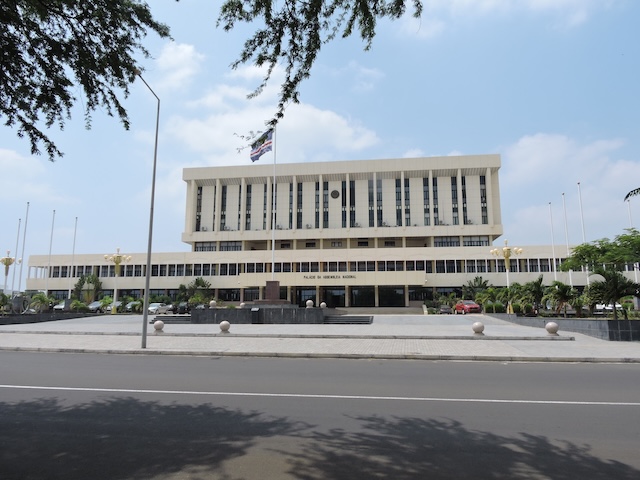On 16 December 2021 the OECD’s Forum on Tax Administration (FTA) published a report on the Digital Transformation Maturity Model.
The Digital Transformation Maturity Model was developed by the FTA’s Tax Administration 3.0 Maturity Model Advisory and the Drafting Group which was led by the Inland Revenue Authority of Singapore (IRAS). Two rounds of pilot projects were carried out by a number of FTA members and some non-members.
Maturity models can help organisations to assess their current level of capability in each functional, strategic or organisational area. By assessing its level of maturity an organisation can establish the type of changes that would lead to a higher level of maturity. The Maturity Model can therefore allow tax administrations to assess their currently level of digital maturity and consider where the level need to be raised, taking into account their circumstances, broader objectives, and priorities.
This is a basis for determining strategy and identifying the areas where further improvement is needed. In some cases, functions may need support from other parts of the tax administration or from external sources such as other parts of government. Communication with other parts of the organisation or other government bodies can help to identify business areas where there is scope for synergies and where functions could benefit from mutual support.
Using the Maturity Model a tax administration can compare its level of digital maturity with other tax organisations and could engage in peer discussions and training through organisations such as the OECD’s Forum on Tax Administration (FTA).
The report contains guidance on using the Digital Transformation Maturity Model, giving an overview of the model and its use. It sets out the results of pilot assessments that were carried out to refine the Model. Feedback from the pilot process indicated that the majority of participants found the model easy to use and they were able to understand the different maturity levels. Some participants had difficulty in choosing the most suitable maturity score for certain indicative attributes. In some cases they considered that their tax administration was at a higher level for some parts of the relevant definition than for others. The FTA report gives some guidance on how a suitable score can be established.
In addition to describing the full Digital Transformation Maturity Model the report includes a record sheet that can be used internally, for example for periodic repeat use of the Maturity Model.
As tax administrations operate in different environments, a standard approach to tax administration may not always be practical, so the report should be considered bearing in mind the challenges and priorities facing each particular tax administration is managing. It is likely that not all parts of the Maturity Model will be useful for all tax administrations.














